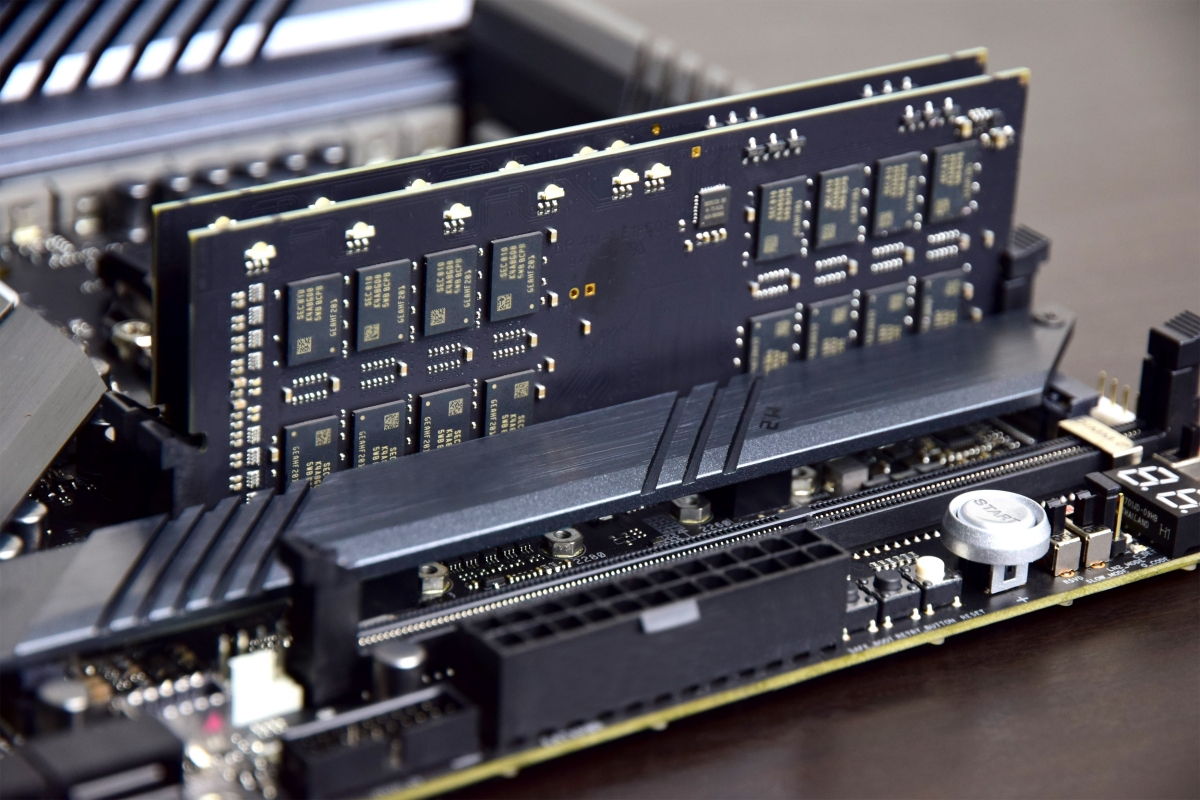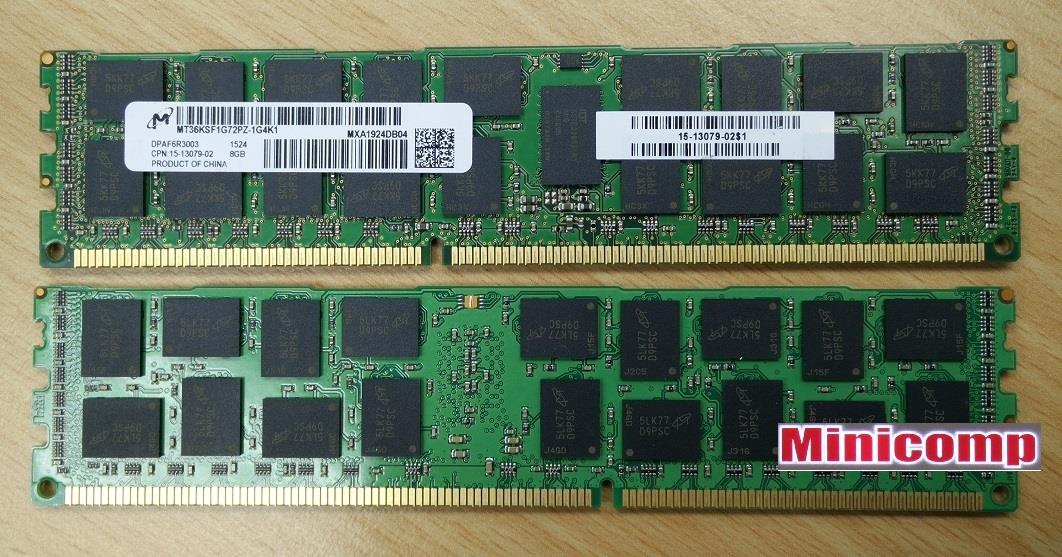dvsman
2[H]4U
- Joined
- Dec 2, 2009
- Messages
- 3,628
I didn't see anything about this yet. Thought it was a cool, random thing while web surfing the news.

https://www.techspot.com/news/78447-double-height-ddr4-offers-twice-capacity-but-fraction.html

https://www.techspot.com/news/78447-double-height-ddr4-offers-twice-capacity-but-fraction.html
![[H]ard|Forum](/styles/hardforum/xenforo/logo_dark.png)
